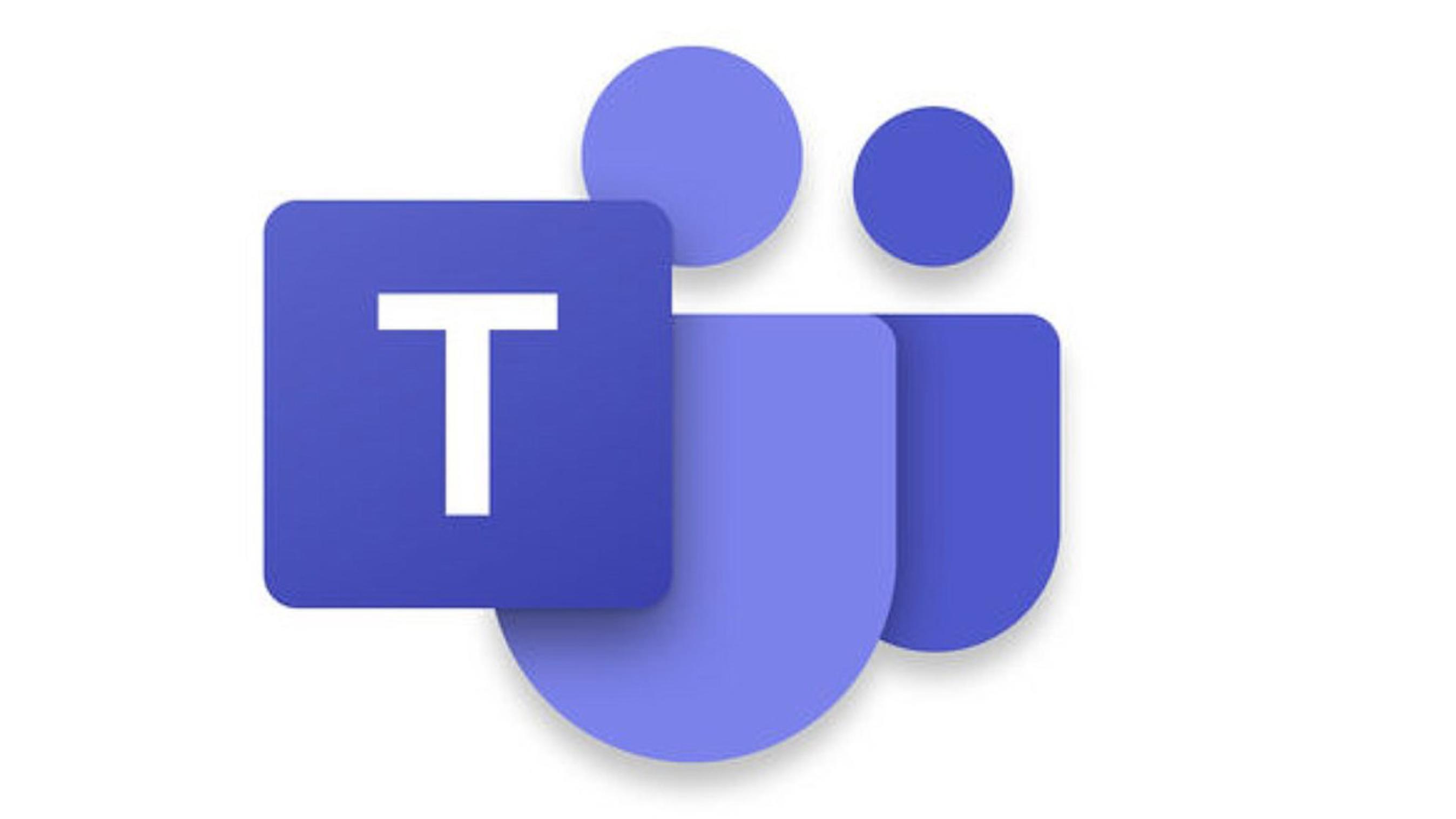
From childhood, most of us are told that “what we don’t know can’t hurt us.” In many cases this old adage rings true, but in the business world, not keeping up with the latest technological trends—specifically with regards to business communications—can absolutely be destructive to your organization by limiting productivity and collaboration.
SIP trunking is a prime example of a technology that you could miss out on fully utilizing if you don’t understand all its benefits. Essentially, a SIP trunk is a broadband link that replaces TDM trunks, which include T1, and can help your business simplify your communications architecture.
A SIP trunk can be purchased from an Internet telephony service provider and can support voice and data transmissions. That means one SIP trunk can replace multiple “old style” phone lines, which in turn cuts communications costs. This is particularly beneficial for businesses with multiple offices, as a dispersed network can get extremely expensive with TDM trunks running back and forth from those locations. SIP trunking provides a myriad of benefits. For instance, SIP:
- Is flexible so you can easily add channels to handle increased call volume, rather than having more lines installed and upgrading a legacy PBX to handle those lines
- Allows you to keep contact numbers the same even when your business relocates or is forced to move during an emergency, as SIP trunks are not bound by location
- Lowers per call charges driven by competition among SIP trunk providers
- Eliminates the need for VoIP Gateways, as all calls are delivered via IP.
These are just a few of the most significant benefits of SIP trunks, but we’re going to stop here. After all, by now you probably realize that if you haven’t looked into SIP trunking yet, it’s probably time to start your investigation. If you still need some convincing—or would simply like to learn more about SIP trunks—click here to learn about how SIP trunks work with 3CX Phone System.























